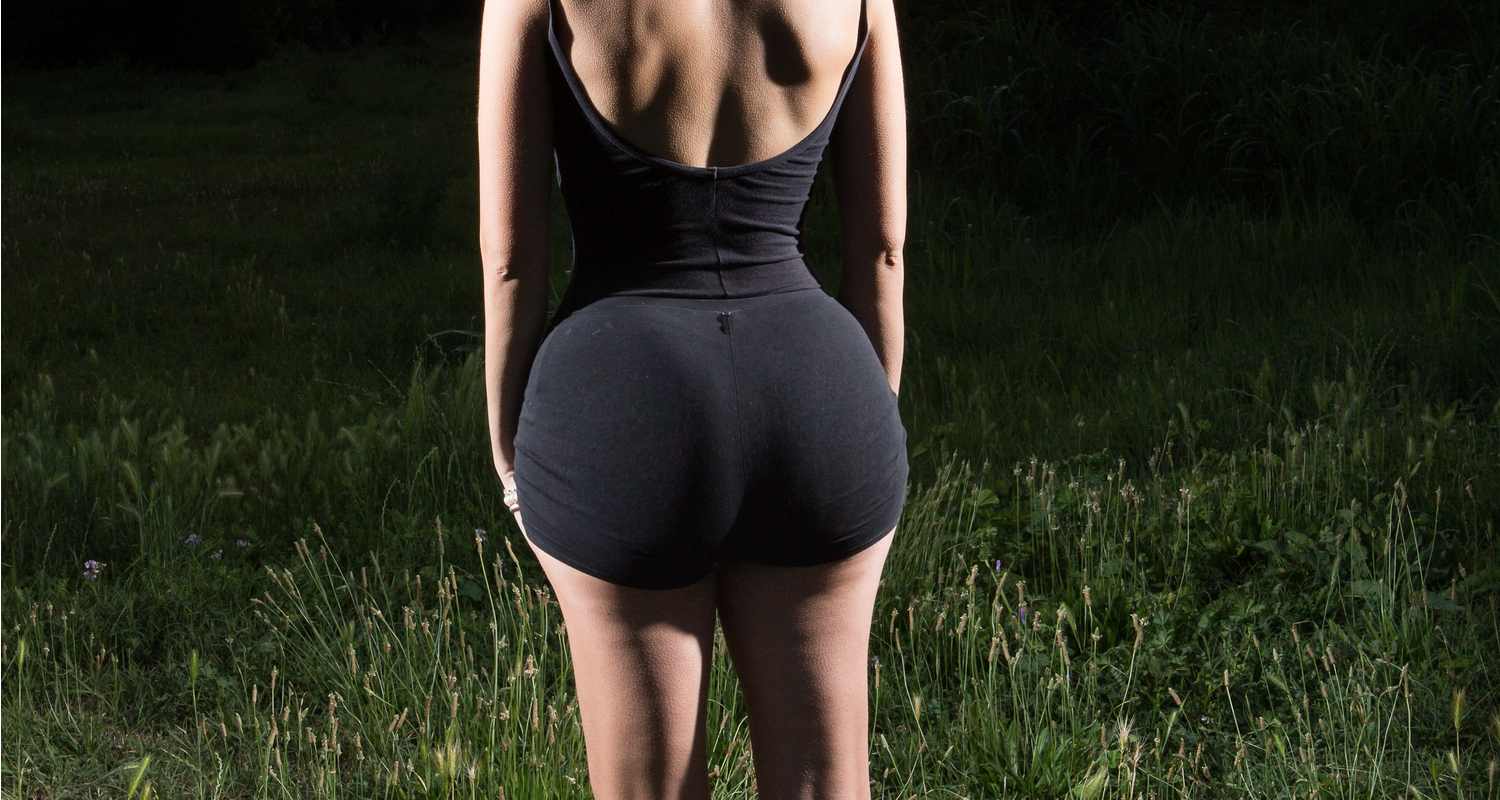
Gluteal Augmentation
Gluteal or buttock augmentation, also known as gluteoplasty, is a cosmetic surgical procedure that is a godsend for some, especially those who believe that their butt is too small, saggy or without definition. In addition, gluteoplasty is a compulsory component of sexual reassignment surgery for transgender women by providing them with a feminine looking posterior.
To put it simply, gluteoplasty is a procedure which enhances and contours the butt. The most popular approach to the procedure is to transfer adipose fat tissue from the abdomen and thighs to the butt area using a process called lipoinjection.
The autologous fat transfer will give surgeons enough material to perform the liposculpture process – the lifting, shaping and contouring of your butt. Alternatively, a gluteal implant can also be used if a patient does not have sufficient fat to spare. In both instances, the incision will be made at the base of the coccyx (tailbone).
So, with just a little work in the doctor’s office, you too can become a YouTube twerking star!
Post-Surgery Care
The procedure takes about two hours, and patients can choose between a local or general anaesthesia. Here’s the bad news though – the incision point at the coccyx will take as long as eight months to heal and integrate the implants or fat transfer completely. During the time, special care must be given to the area.
In fact, drainage tubes at the incision point will be left in place for a few days after the surgery. Patients are recommended to wear a special garment which keeps the buttock compressed during that time. This is critical to ensure complete healing and integration. Also, the swelling at the buttock area will take at least several weeks, probably closer to several months, to go down.
Great discipline is required to ensure the integration of the implants. Otherwise, they could shift, or in a worst case scenario, be completely rejected by the body.
Risks
Owing to the location of the incision, patients face the risks of rupturing the suture if they perform heavy tasks or are careless with the drainage tubes. As always, the risk of infection and bleeding remains.
